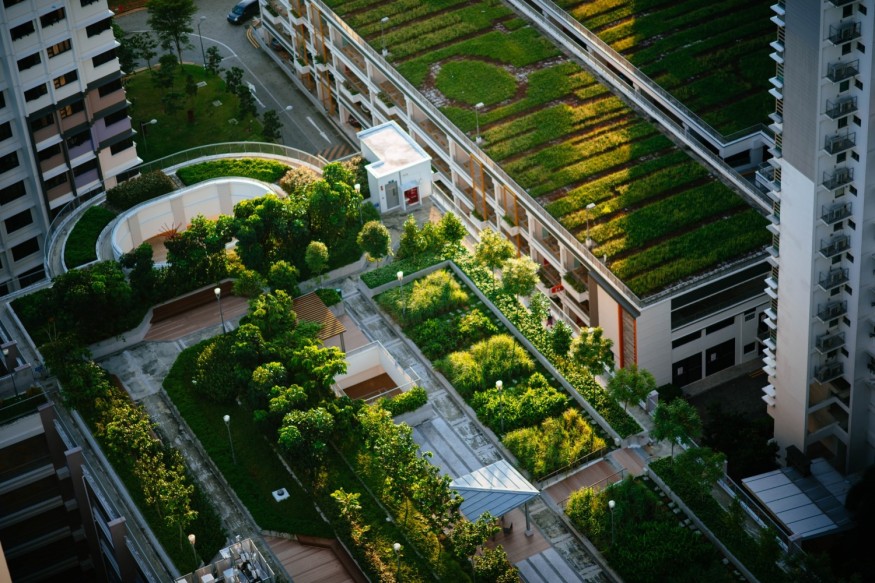A Dartmouth-led study of urban garden locations in northern California, published in Ecological Applications, revealed that rare plant species in urban gardens attract rare bee and bird species. The study also showed that women, older gardeners, and those who live near gardens are more likely to curate rare species.

Rare Species Found in the Urban Garden
Poppy, leafcutting bee, Bachelor's button, purple sparrow, and taro are the rare species discovered in the gardens. Yet, Theresa Ong, assistant professor of environmental studies at Dartmouth, noted that what is uncommon in an urban garden can be rather typical elsewhere. One example is the purple finch bird, which is sighted in the urban garden, but the bird can be seen elsewhere.
Ong says, "Their rare status in urban gardens could be a cause for concern if it indicates that their populations are declining. However, it could also be that urban gardens are providing more habitat such as tree cover for purple finches and other birds that cities otherwise lack."
Rare Species in Urban Garden Fieldwork Study
The fieldwork was conducted in 18 community gardens in the California counties of Santa Clara, Santa Cruz, and Monterey. The age, local habitat, and landscape context of the urban garden vary, as well as the socioeconomic demographics of the gardeners. In the study, all the gardens used organic gardening, which forbids herbicides and insecticides.
The researchers collected data from the urban garden sites across two summers, from May to September 2015 and 2017. Plant, bee, and bird data were collected in 2015, and data from urban gardeners were collected two years later. Depending on the organism, each sample was collected using a different approach. The researchers visited the urban gardens and took random samples, including in the garden plots and nearby sidewalks, noting the cultivated plants, weeds, and other species present.
Plants were measured and categorized as agricultural, decorative species, and cultivars. Ornamental plants are grown solely for aesthetic purposes rather than for food.
For bird data, researchers recorded all birds seen or heard while standing in the center of each garden for 10 minutes. For bee data, bees were captured using elevated pan traps and aerial nets and afterward identified to species level. Researchers also asked the gardeners directly what plants they grew in their gardens.
The researchers modeled the correlation between gardener demographic information, the rarity of bird and bee species, and the rare plants grown by the gardeners. A plant, bee, or bird species was labeled rare if found in two of the 185 gardener survey responses or one of the 18 urban gardens. Over half of the 295 plants observed were rare, with 159 plants representing 156 distinct species.
Taro (Colocasia esculenta) was one of the rare plants discovered in urban gardens, although it is not rare, partly because it is grown in Hawaii and other Asian cultures.
Ong said that rare plants are planted more frequently by women, older individuals, and community members living in close proximity to urban gardens. She based her explanation on previous research, which shows that women tend to display more pro-environmental attitudes. She also cited that it may have to do with people just wanting to take care of their neighborhood and pride in that landscape.
RELATED ARTICLE : Rare and Exotic Cactus from Amazon Rainforest is Set to Flower for the First Time in the UK
Check out more news and information on Environment in Science Times.
© 2026 ScienceTimes.com All rights reserved. Do not reproduce without permission. The window to the world of Science Times.











